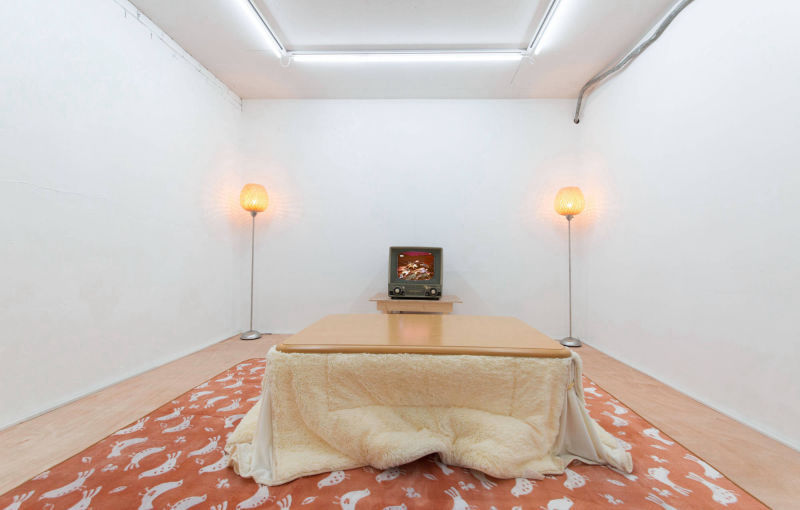
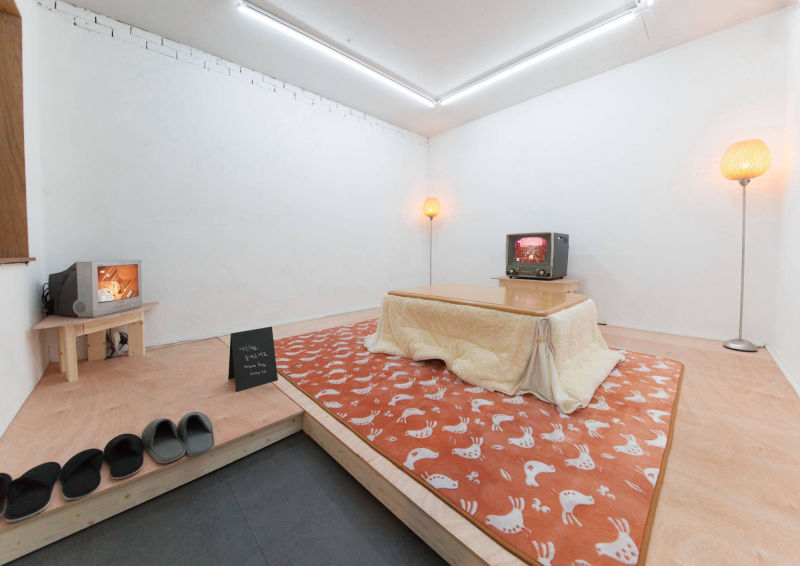
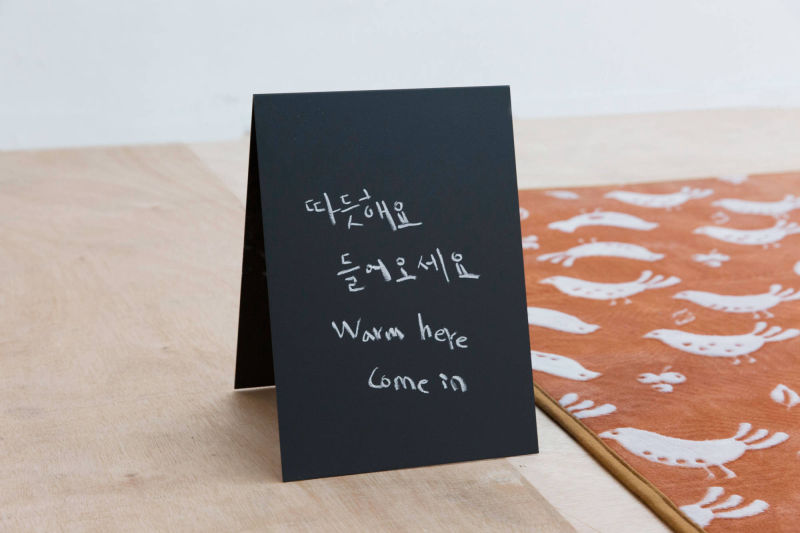
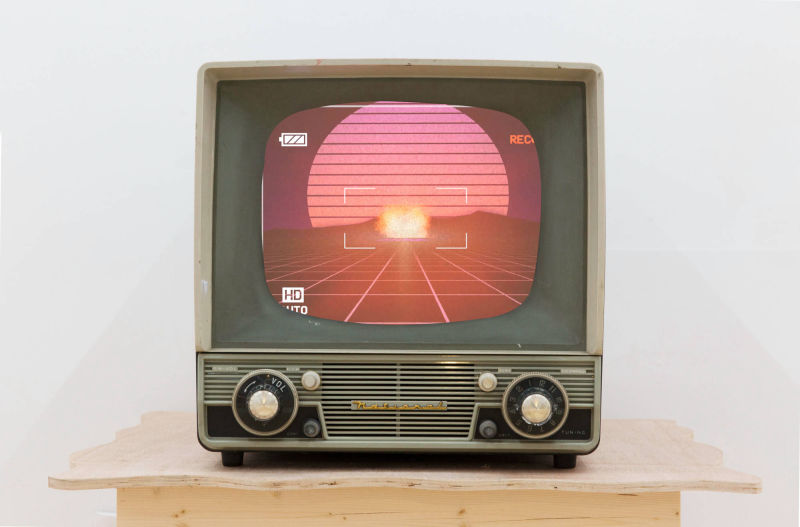
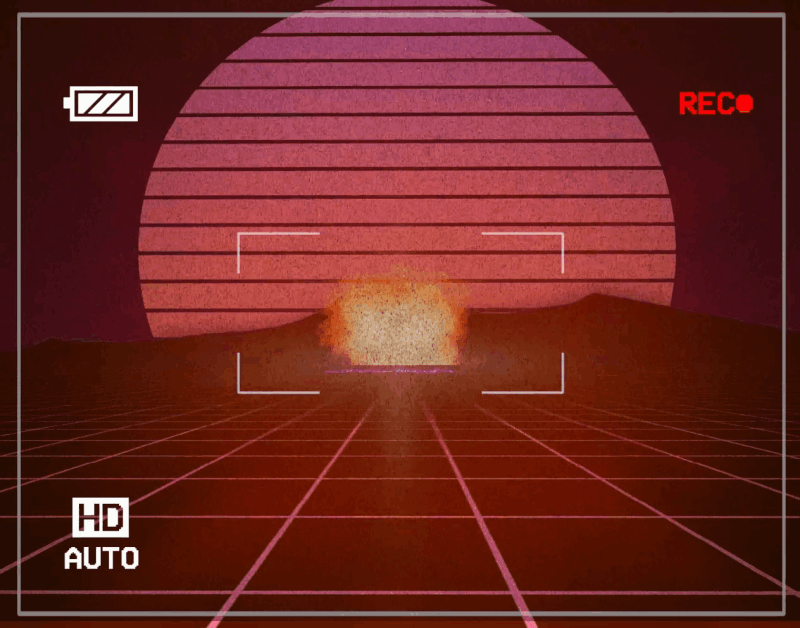
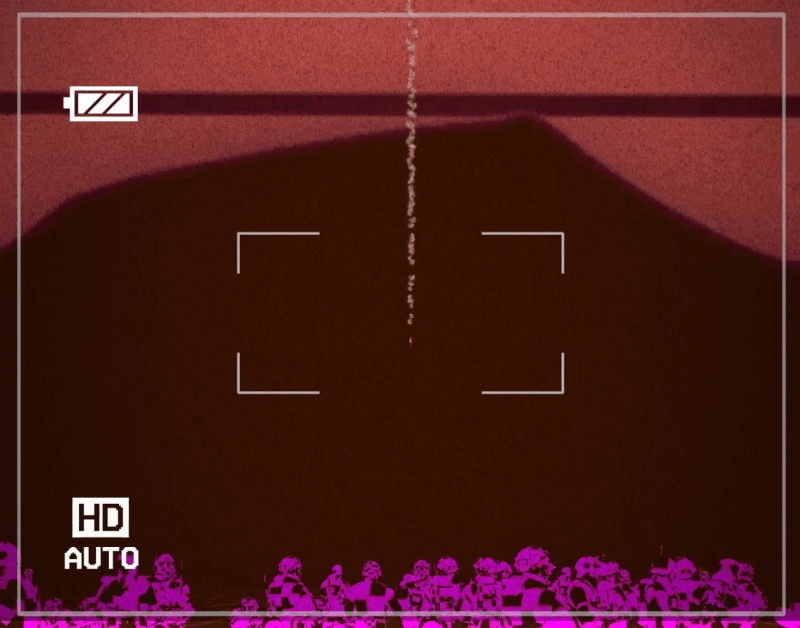
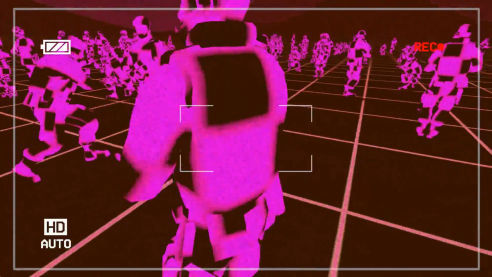
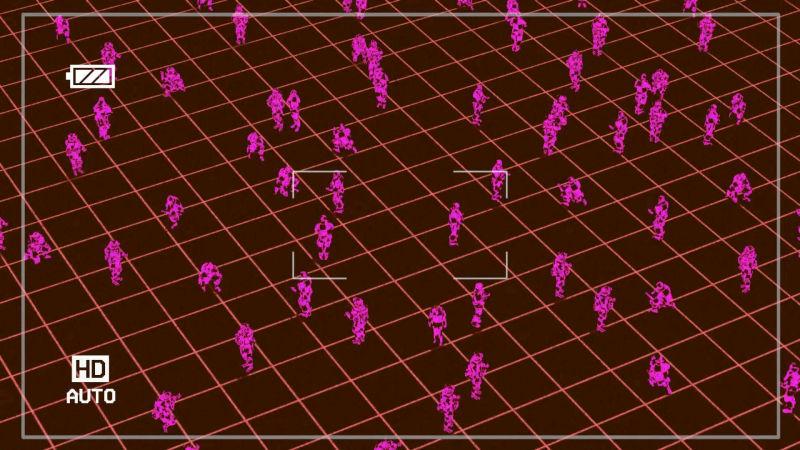
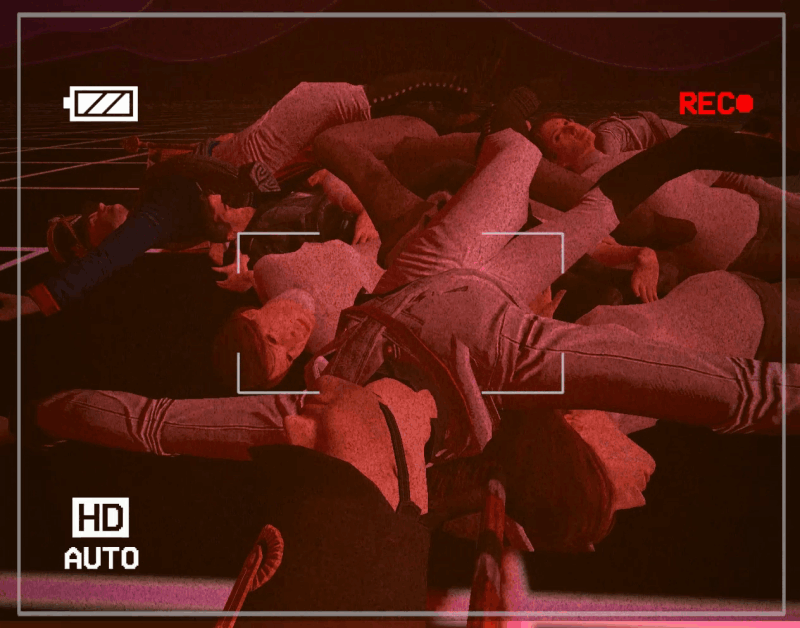
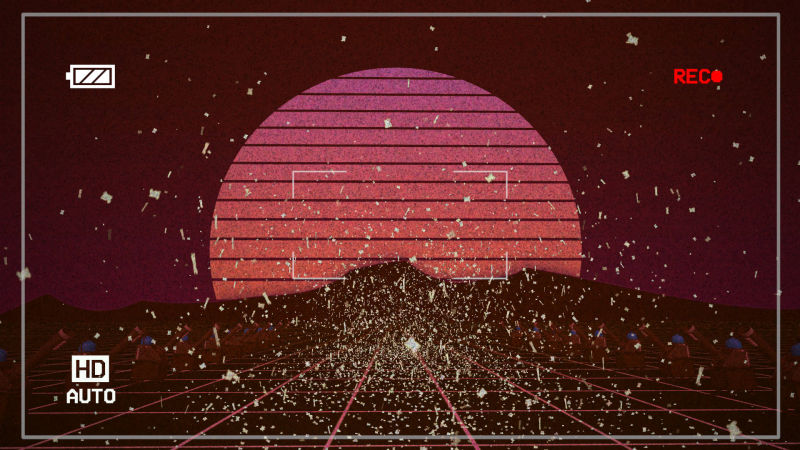
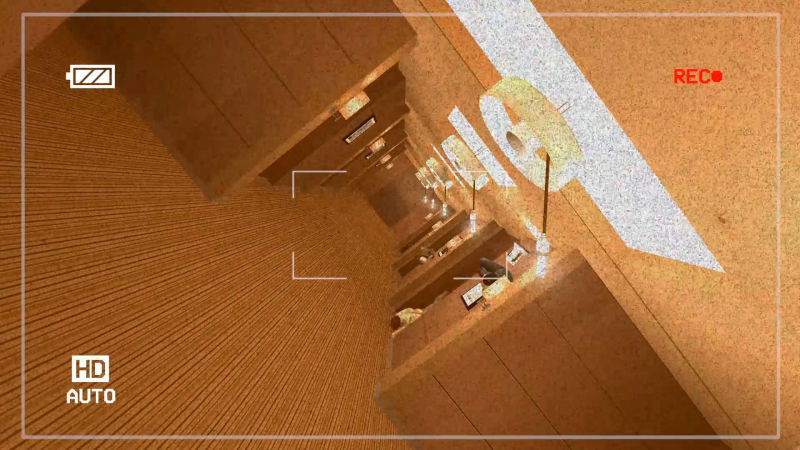
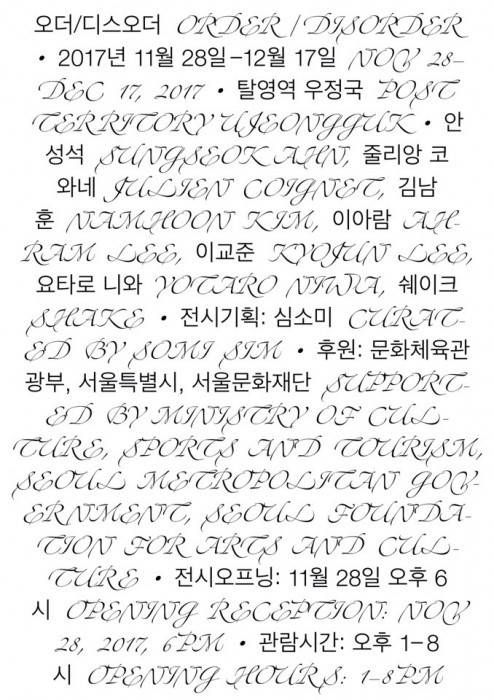
Who Is the Player?
Text by Kana Uno (Curator of Hiroshima City Museum of Contemporary Art)
In an abstract, virtual space, soldiers fall atop one another, folded in a heap along with their national flag. The image is somehow reminiscent of tableaux such as Liberty Leading the People, Eugène Delacroix’s depiction of the July Revolution in France. However, one cannot immediately identify the nationality or era of the soldiers’ uniforms, and the scene evokes different historical tragedies depending on the viewer.
This work is a simulation of a first-person video game. Ahn describes a game as “a virtual space where all eras of history blend together,” and says that “playing a game is a process of creating a new or fictional history.” The game Garry’s Mod, which Ahn utilized to produce this work, does not have a fixed mission, and the player can freely alter characters, objects, and even the game’s content. Thus Ahn could modify the character settings and physics engine so as to render the characters completely helpless, and raise them aloft, drop them, or duplicate them, exercising a degree of control that verges on the violent.
Who is operating the system? The answer is, of course, the artist –Ahn– but we can also say the protagonist of this work is the unseen person playing the game. The “REC” that keeps flashing in the upper right corner of the screen, and the images that shudder as if shot with a hand-held camera, strongly convey the presence of the player as if we were seeing through their eyes. But this is a video piece and not actually a video game, and there is no player in front of the screen. In front of the screen there is only the viewer. Completely without their knowledge, the viewer becomes the game’s player and is incorporated into the work. However, despite adopting the perspective of the player, the viewer is not authorized to manipulate the catastrophic scenes unfolding before them. The viewer sees the exact same scene as the player, but lacks all control and can only watch the player mercilessly toying with the virtual world’s inhabitants, who make no attempt to resist.
By generating an inferred player who wields tyrannical power within the chaotic and non-temporal space of the game, Ahn expresses the absurdity of history, throughout which an unidentifiable “someone” has always pulled the strings behind the scenes, and the inexorable powers that continue to propel the real world today.